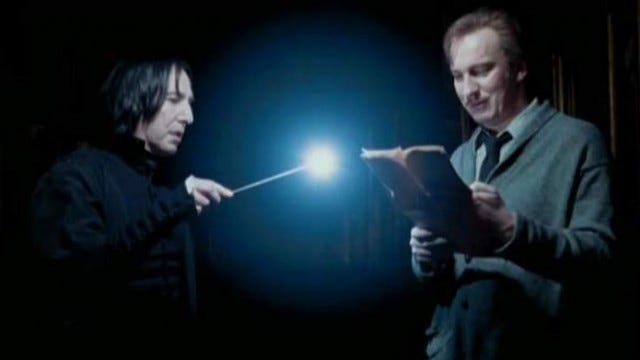This is a crude setup to check if it's worth the money to develop a special premium MCPCB for E21A. This is one of a few LED available at CSP package with very wide selections available and myriads of potential applications.
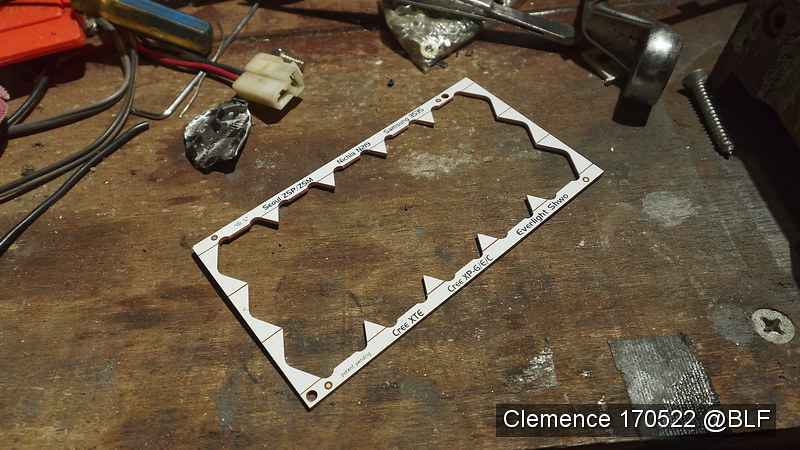


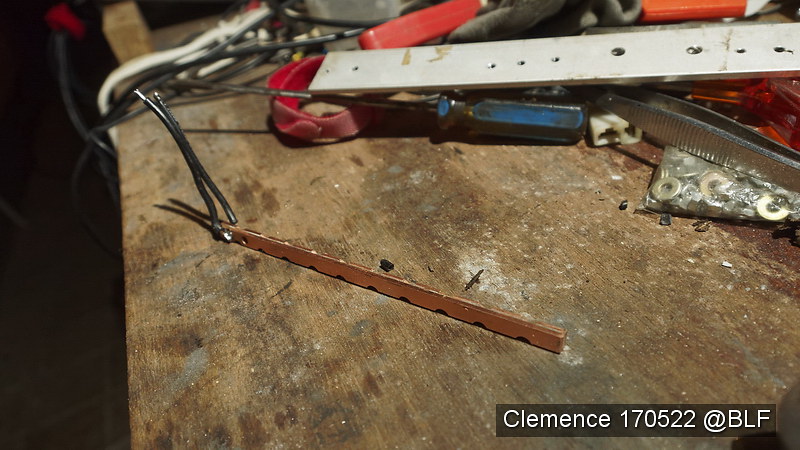
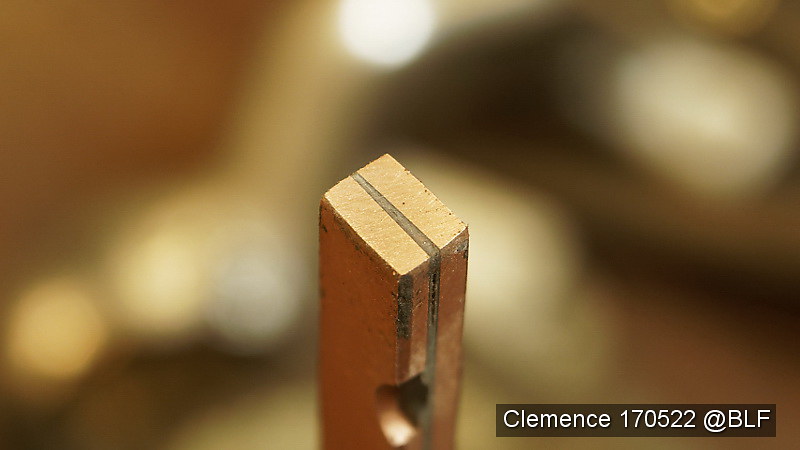
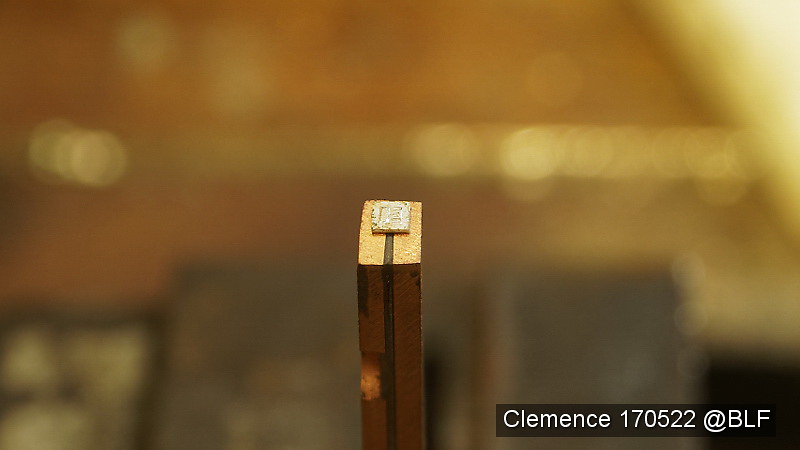
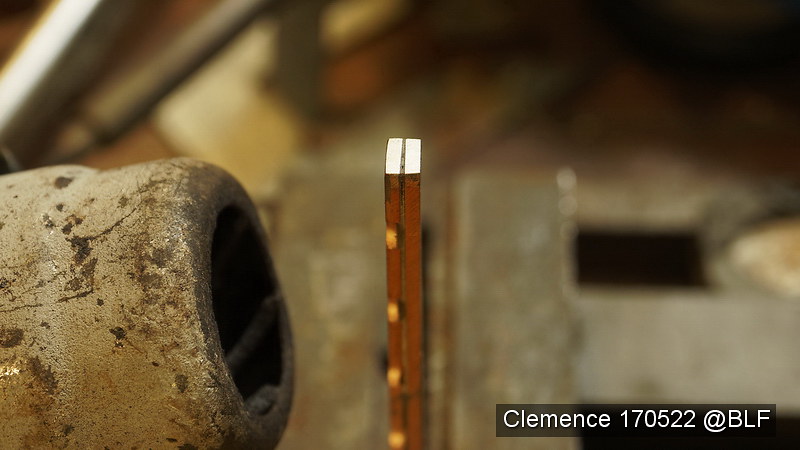
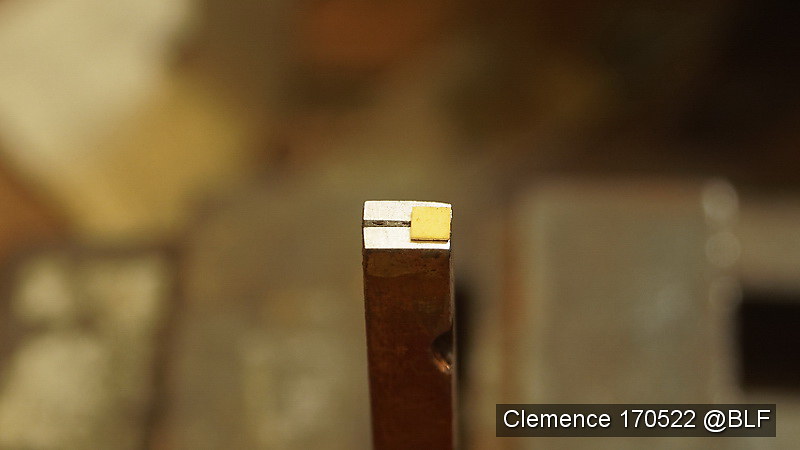
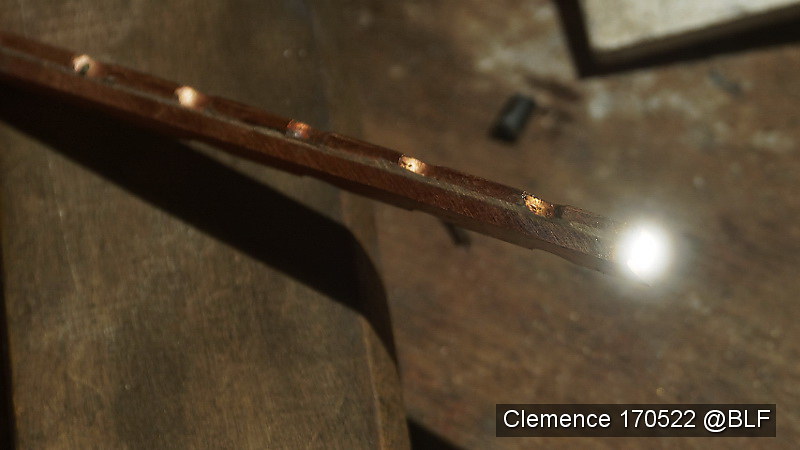
Finally, found a nice free application for lux measurements. Not that good but comes handy when we need rough guesstimations.
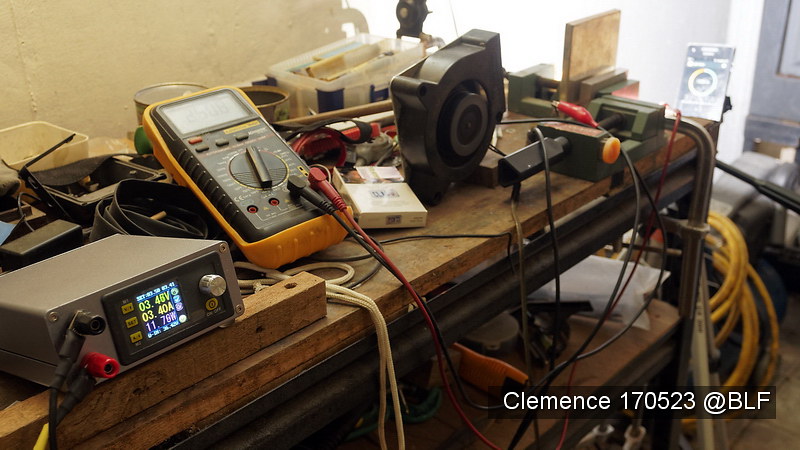
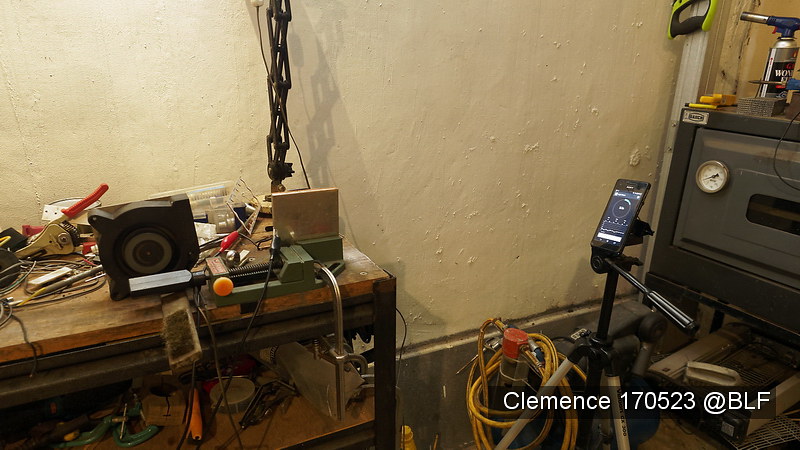
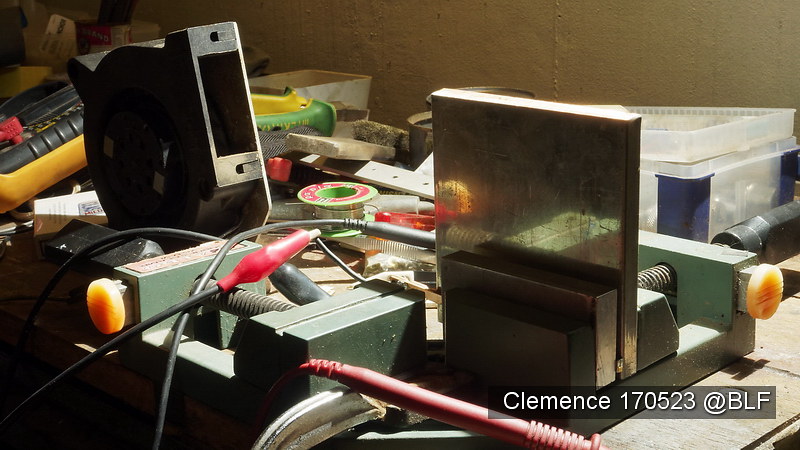


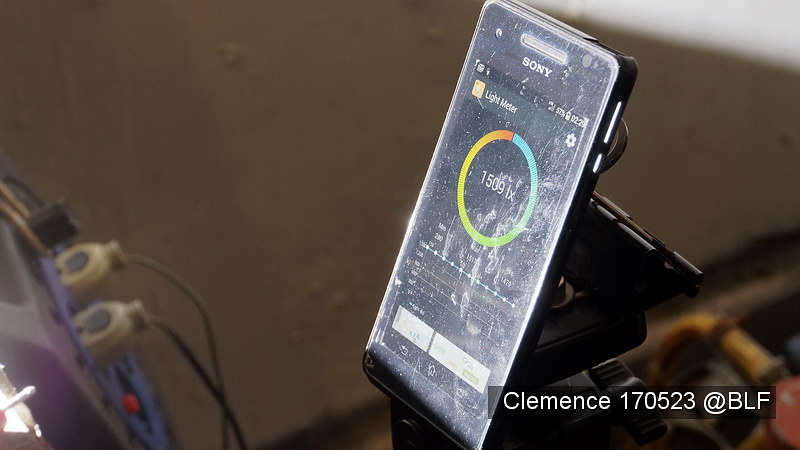
AND THE RESULT:

CONCLUSIONS:
This is a SM503 Ra9080 D220 Nichia E21A
- Hopeless for any builds higher than 3A/LED.
- The other flux/lower CRI bin could yield higher output but the flux band curve will stays the same
- Good only up to 2A max current as Djozz said in his test. Even my overkill setup couldn't extract meaningful gain. Those centrifugal blower used in the test is capable of cooling a small scooter engine. The twig was sandwiched between thick copper/aluminum plates. And the Twig's hottest point didn't even reached more than 33C (28C ambient).
- Engineered for applications below 1A for reasonable efficiency. Designed to work as a team consist of 4 or more LEDs.
- A parallel/series quad will give nice high CRI light engine with better beam control with INDIVIDUAL secondary optics
- This LED is better suited for low current high voltage applications due to it's ridiculously small cathode/anode footprint.
- I guess Nichia was right about this one. The limiting factor is not caused by the LED die temperature alone, it's the thick oversized phosphors. It's said to have phosphors surface temp. at 30C higher than the die, constant at almost any current range. The warm 9080 is even worse due to it's thicker coating. Weird blanketing phosphor designed for uniform light distribution. I suspect this should increase tint shift at wide (> 120 degree) emission angle. This sm503 E21A looks like 3000K viewed at 90 degree.
--------------------------
JUST FOR FUN TEST
--------------------------

Unlike the dry test, fully submerged in deionized distilled water the output continue to climb up to ~6A. Then no further gain as the phosphor layer started to burnt. I couldn't measure the lux since I only use a simple free apps and the water was boiling heavily (near the LED) creating ripples than confuse my phone readings. Indeed cooling the phosphor benefits for lumen output. And I can say that it was very bright at 5A. Even without a lux meter I could see the jump in output lumen each time I upped the current.
For those curious, yes I did the test at water level just near the LED's base with approximately the same result as the dry test.

Cleaned all the remaining phosphors to see how much current the bare die would take
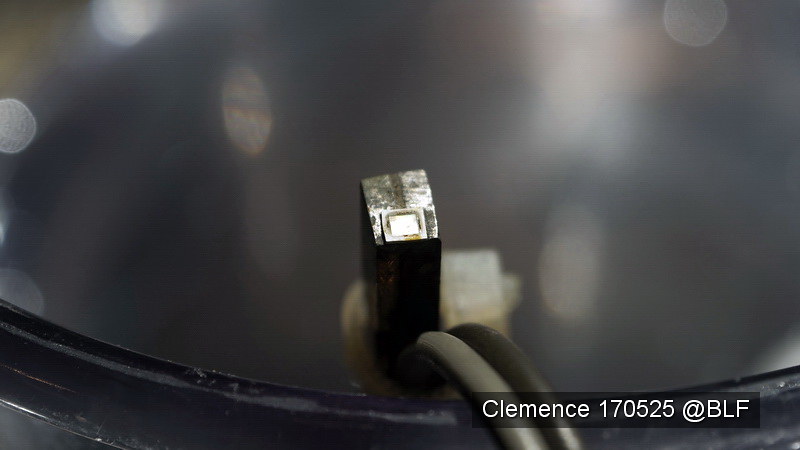
Some kind of polymer used instead of ceramic. It's there just to support the phosphor layer It's a reflective silicone material meant to direct the light upwards rather than colliding to the next LED (This LED designed to work as a team crammed with tighter space than normal LED).
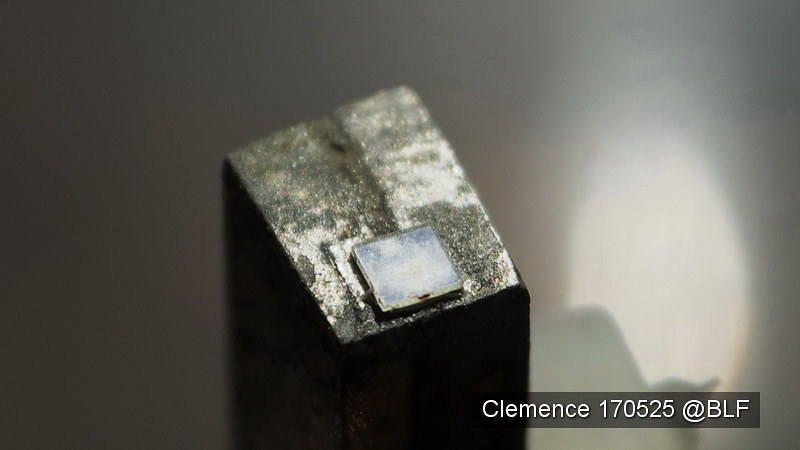
Completely cleaned leaving only the die
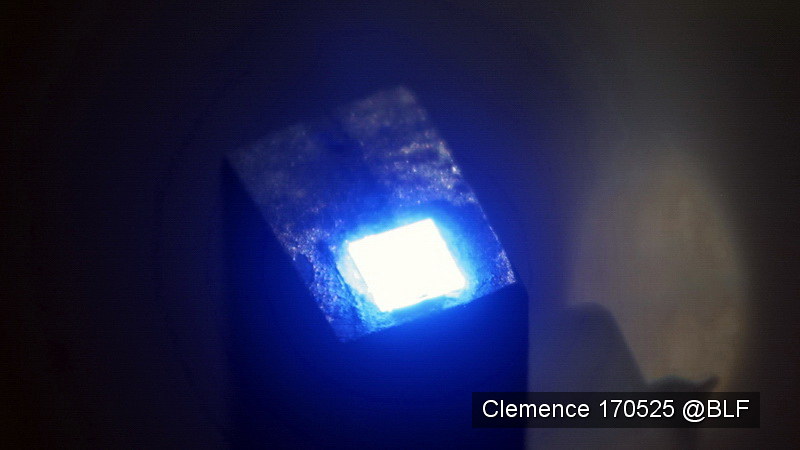
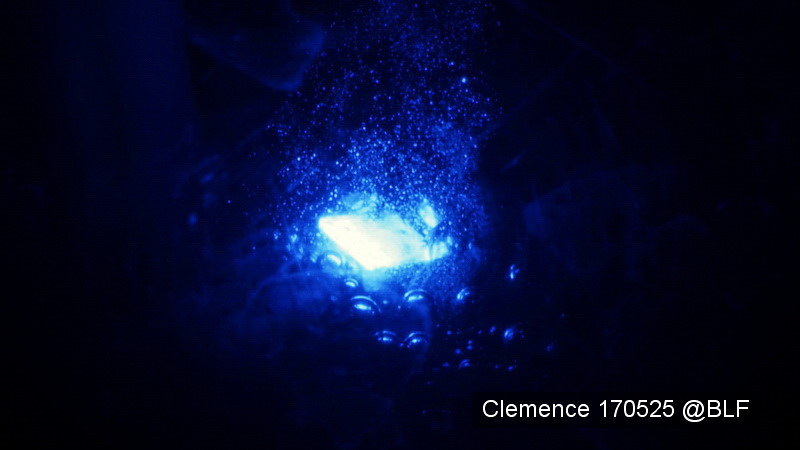
This is the last image before the whole die finally burned to death at ~7A. In Djozz's dry test the LED also died at ~7A. So it's confirmed that the problem isn't at the die temperature rather it's the phosphor temperature limit. According to Nichia's datasheet, the Tj absolute max rating is 135C. At 135C Tj, the phosphor already at 165C (Nichia stated that the phosphors layer temp is relative constant at 30C more than the Tj)
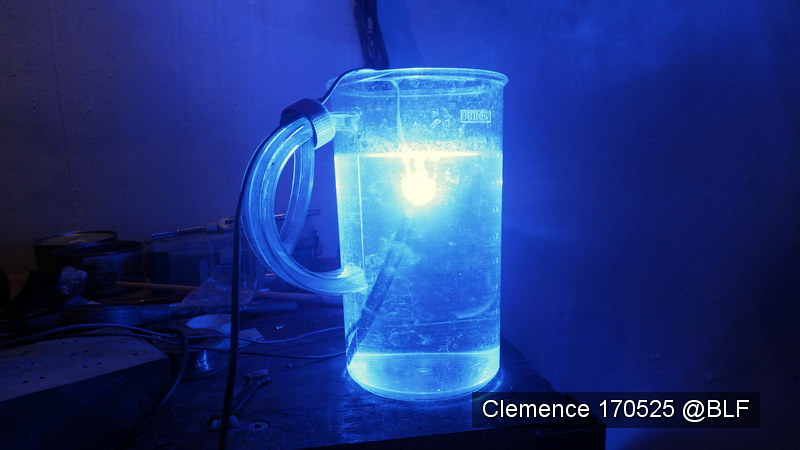
This gave me an idea for my next home lighting.
- Clemence
